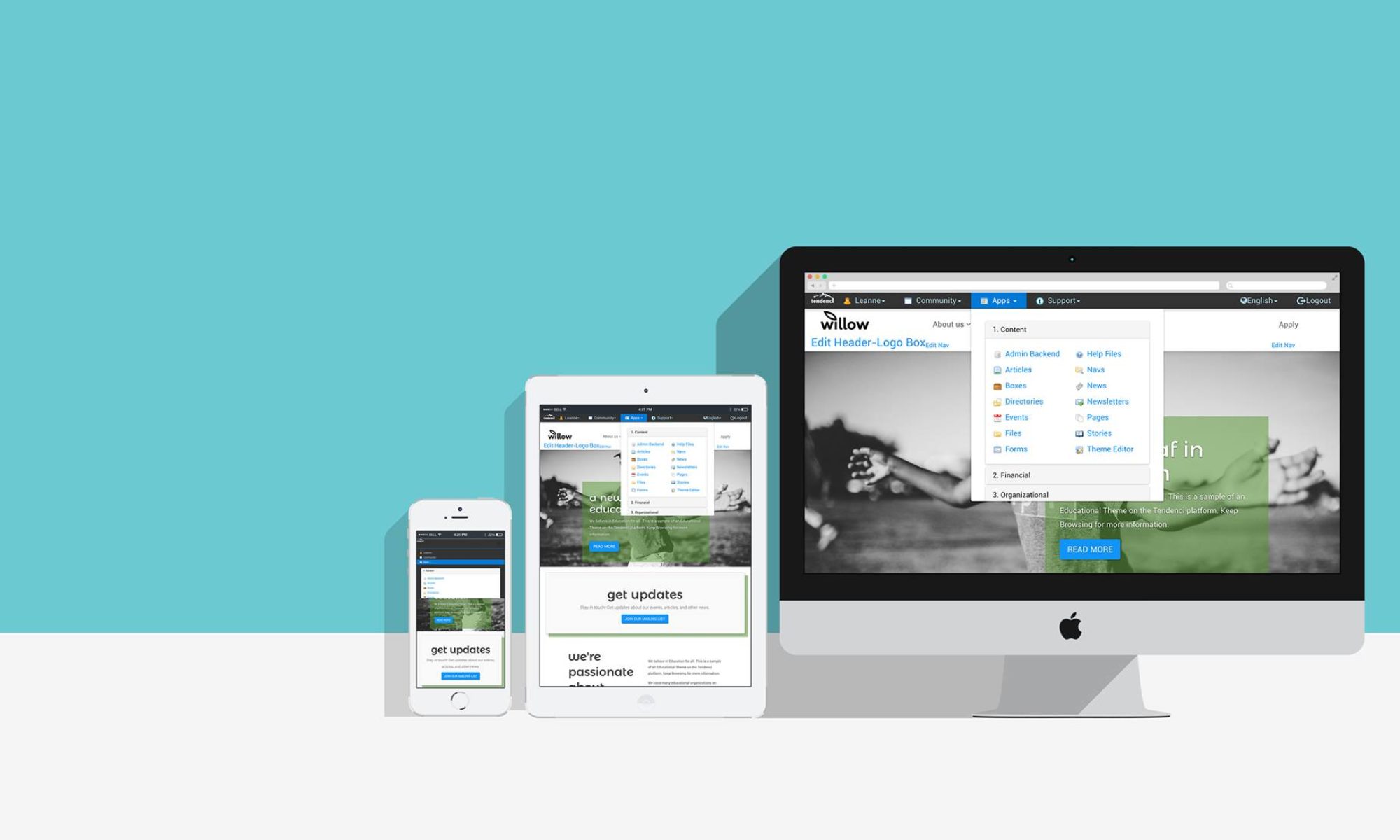If you run an Association, volunteer, join in, help, learn and participate – well – at Tendenci we think you are kind of a BIG DEAL! It’s easy at times to lose sight of the bigger picture when you are on the board of directors and planning the details for a fundraiser. Please remember – we need you, we appreciate you, and YOUR CAUSE IS WORTH IT.
 I get asked why Tendenci is Open Source. My reply is to point to the role of associations in society. The role of associations, your association management system as well, are both too important to survive the conflict of interest with purely commercial solutions. To clarify why this is so important to me, and I believe you, I can only quote those far more educated and eloquent then myself.
I get asked why Tendenci is Open Source. My reply is to point to the role of associations in society. The role of associations, your association management system as well, are both too important to survive the conflict of interest with purely commercial solutions. To clarify why this is so important to me, and I believe you, I can only quote those far more educated and eloquent then myself.
Alexis du Tocqueville viewed civil society as the third leg of the stool that allows democracies to function.
Americans of all ages, all stations of life, and all types of disposition are forever forming associations… In democratic countries knowledge of how to combine is the mother of all other forms of knowledge; on its progress depends that of all the others.
and further
Americans combine to give fêtes, found seminaries, build churches, distribute books, and send missionaries to the antipodes. Hospitals, prisons, and schools take shape in that way. Finally, if they want to proclaim a truth or propagate some feeling by the encouragement of a great example, they form an association.
In every case, at the head of any new undertaking, where in France you would find the government or in England some territorial magnate, in the United States you are sure to find an association…. I have often admired the extreme skill they show in proposing a common object for the exertions of very many and in inducing them voluntarily to pursue it.
– Alexis du Tocqueville, Democracy in America (source)
Back in 1995 Senator Bill Bradley wrote “Democracy’s Third Leg.” and he described it in a similar manner.
CIVIL society is the place where Americans make their home, sustain their marriages, raise their families, hang out with their friends, meet their neighbors, educate their children, worship their God.
It lies apart from the realms of the market and the government, and possesses a different ethic.
and
Civil society, on the other hand, is the sphere of our most basic humanity — the personal, everyday realm that is governed by values such as responsibility, trust, fraternity, solidarity, and love.
…. There must also be a healthy, robust civic sector — a space in which the bonds of community can flourish. Government and the market are similar to two legs on a three-legged stool. Without the third leg of civil society, the stool is not stable and cannot provide support for a vital America.
Maya Angelou wrote one of my favorite poems which I believe relates. It is “A Brave and Startling Truth.”
Maya Angelou is of course a giant not just of our time, but of all time. She speaks of greatness in the form of unity and love. That is what Civil Society does. Associations, churches, clubs, political movements … all of these things are simply too important to our planet to NOT be open source. And we will come to it. YOU and your AMS software are too important to be locked in or cut off if a proprietary vendor chooses.
Quoting Senator Bill Bradley’s piece again, he states:
The language of the marketplace says, ”Get as much as you can for yourself.” The language of government says, ”Legislate for others what is good for them.” But the language of community, family, and citizenship at its core is about receiving undeserved gifts.
Building the Tendenci AMS community Open Source – giving you control – is how I handle the brutal truth that “we must confess that we are the possible. we are the miraculous.”
#peace




